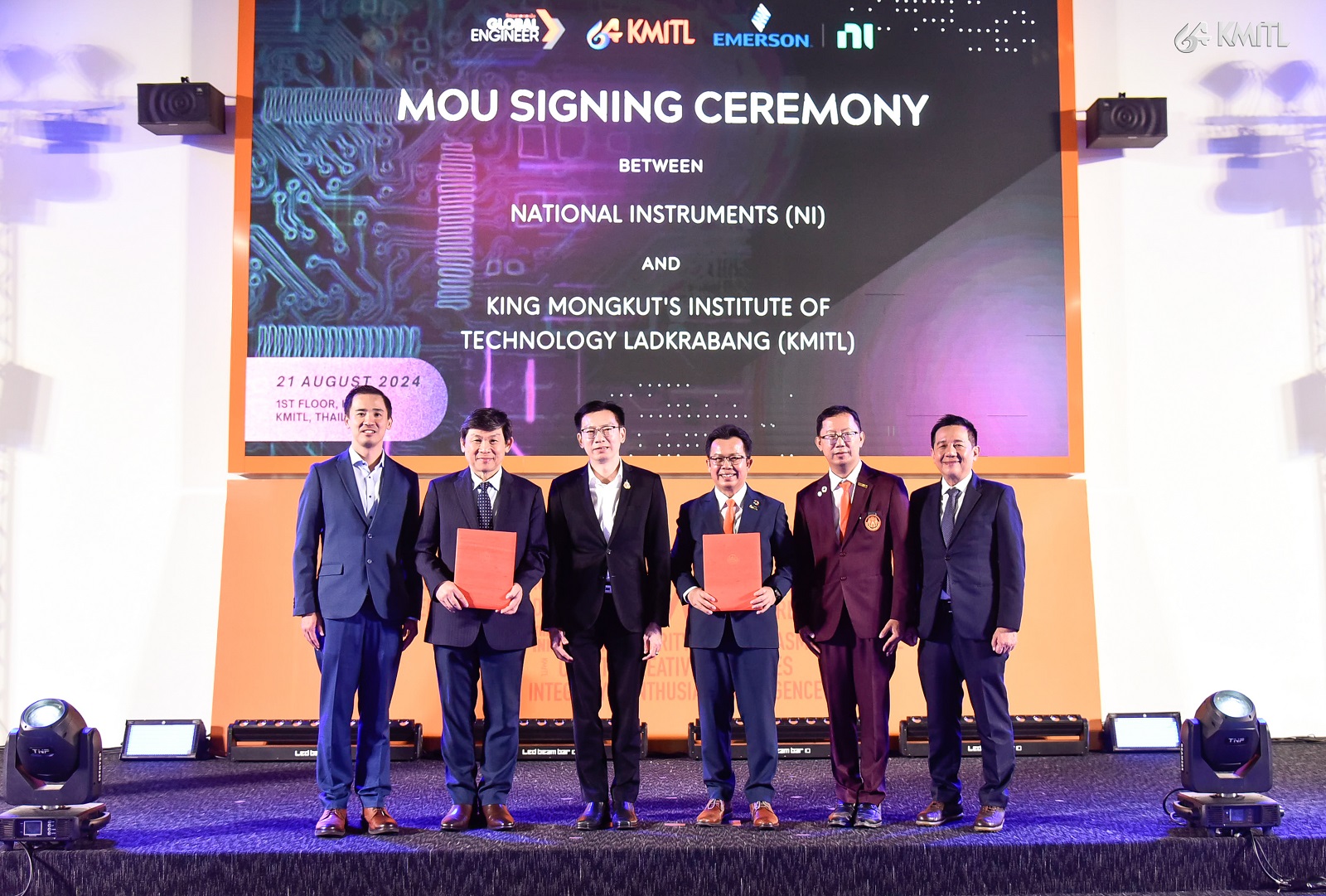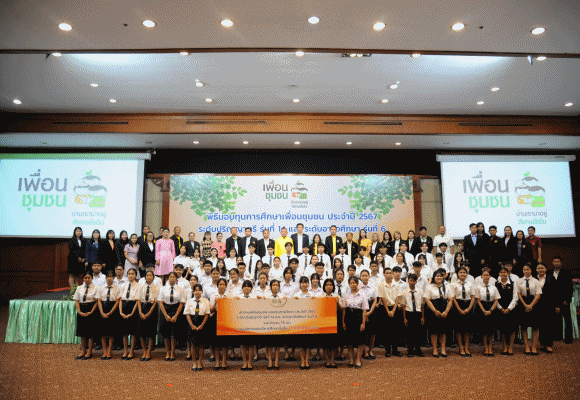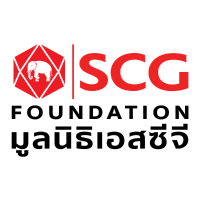- Details
- Category: world articles
- Published: Tuesday, 18 October 2022 10:58
- Hits: 1584
Bain & Company and Monk’s Hill Ventures’ Angsana Council – ‘Southeast Asia’s Pursuit of the Emerging Markets Growth: How four factors could propel Southeast Asia to improved growth’.
Despite headwinds, South-east Asia will pick up growth rate in next ten years
The “traditional” drivers of strong Southeast Asia growth – modestly pro-growth government policies, stable macroeconomic conditions and healthy demographics – are being turbocharged by a vibrant, tech-enabled entrepreneurial sector and a “China dividend” that goes well beyond MNC’s diversifying their supply chains
Singapore – October 18, 2022 – The Southeast Asian economy is forecasted to grow by 4-5% annually over the next 10 years, with Vietnam leading the charge at a projected growth of 5-7%. While many economists have correctly focused on the pro-growth policies, stable macroeconomics and healthy demographics of Southeast Asia, they are often missing two critical sources of additional growth: 1) the growing impact of tech-enabled entrepreneurs on investment, productivity and economic inclusion and 2) that SE Asia’s largest trading relationships are with China; as China grows SE Asia grows. Contrary to conventional wisdom that SE Asia benefits most from businesses diversifying away from China, SE Asia benefits most from a growing Chinese economy. These are among the findings from a new report by Bain & Company and Monk’s Hill Ventures’ Angsana Council, “Southeast Asia’s Pursuit of the Emerging Markets Growth : How four factors could propel Southeast Asia to improved growth”.
Since 1991, SEA has experienced strong and steady growth, with per capita income rising 2.5x from US$1,900 to US$4,700 in 2020. Contributing factors include stable government policies, surging entrepreneurial activity, favourable demographics, and a relatively benign international environment.
SEA’s GDP per capita income has been growing and could return to leading emerging markets growth on the back of the four factors below:
- Robust traditional growth policies
- A vibrant ecosystem of tech-enabled disruptors (TED)
- Attractive demographics with a growing working and middle class
- Taking a neutral stance amidst geopolitical winds
Our projections for growth in Southeast Asia foresee a modest uptick for all major Southeast Asian countries except Thailand, which should be interpreted as a “rosy scenario” relative to the growth headwinds faced by Europe, Japan, China and emerging regions like Latin America and Eastern Europe.
Robust traditional growth policies
SEA countries have made steady progress towards improving several of the 7 traditional growth drivers Bain has defined in the study.
- Improving the ease of doing business
- Enabling healthy competition
- Facilitating investment
- Strengthening government and reducing corruption
- Raising education levels and promoting re-skilling
- Improving infrastructure
- Increasing macroeconomic and social stability
Probably the most noticeable improvement in Southeast is the marked increase in macroeconomic stability since the 1997 Asia Crisis. This reduction in risk will benefit Southeast Asia during this time of global headwinds.
Vibrant ecosystem of tech-enabled disruptors (TEDs)
Today, the greatest force of progress in most developing countries are tech-enabled disruptors or TEDs. The TEDs are directly and indirectly impacting six of the seven traditional growth drivers by promoting business creation, enabling healthy competition, raising investment, strengthening e-government, improving education and productivity levels, and improving infrastructure.
Pressure from TEDs is forcing traditional family-controlled or “national champions” to increase investment levels and accelerate innovation or face irrelevance in the coming decade. We are pleased to note that most Southeast Asian governments actively nurture the growth of TEDs with beneficial policies, regulations, and infrastructure building in areas critical to tech-enabled disruption.
The full report analyses four sectors - aviation, finance, logistics, and super-apps - that highlight the disruptive impact of TEDs and how they will contribute to higher growth rates in SEA.
Attractive demographics with a growing working and middle class
One advantage of SEA is the demographic dividend expected from the size and growth of its working-age population. In 2022, China’s population tipped into absolute decline. SEA has the largest cohort of children relative to total population among the emerging regions under review. Middle-class consumerism is expected to rise given a youthful population that needs to spend on lifestyle, education, housing, and other needs well into the 2030s, while Latin America and Eastern Europe’s populations will begin to contract.
SEA has seen consumer growth in line with GDP growth at an attractive and sustainable rate.
Remaining neutral amidst geopolitical winds
SEA has traditionally traded peacefully with various “great civilizations” – China, Arabia, Persia, India, Europe – while balancing their competing demands. SEA can look forward to maintaining this neutral status even in this complex geopolitical environment.
SEA also benefits from the rise of China in two distinct ways: as the largest market for SEA trade and as an important source of FDI as non-Chinese and Chinese companies diversify or shift supply chains away from China.
Charles Ormiston, Founding Partner, Bain & Company, Southeast Asia, said: “Growth forecasts are notoriously difficult due to a myriad of factors that can affect projections based purely on historical performance. This report represents our informed perspectives on the future of Southeast Asia, which is gleaned via a rigorous methodology for looking at past performance combined with our judgement on how underlying changes in the business, economic, social, and political realm are likely to impact growth. We remain optimistic about Southeast Asia’s continued growth in the face of global instability and that it maintains the possibility of out-growing other emerging regions in the world over the next decade.”
Peng T. Ong, Co-Founder and Managing Partner, Monk's Hill Ventures said: We have had a very productive collaboration with Bain & Company producing this report. Monk’s Hill brings deep experience working with the tech-enabled disruptors highlighted in this report, as well as how government policies impact the opportunities that entrepreneurs can exploit. Bain has enormous access to data, research and more than 30 years on the ground in Southeast Asia. The members of the Angsana Council, which includes former Minister George Yeo (Singapore) and Gita Wirjawan (Indonesia) are well known experts in government policy, business and economics. Together the Angsana Council can do something few institutions can do – combine data and analysis with deep experience across every business and policy sector in the region.
Editor’s note:
For more information or to arrange an interview with Mr. Charles Ormiston or Mr. Peng T. Ong, please contact Tay Yan Xin at [email protected]or +65 6228 5019.
















































































